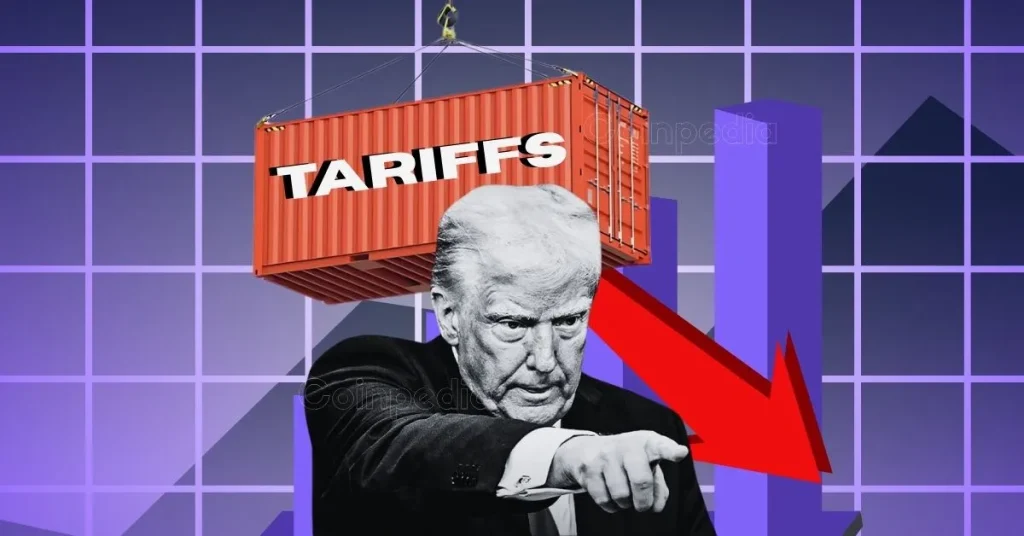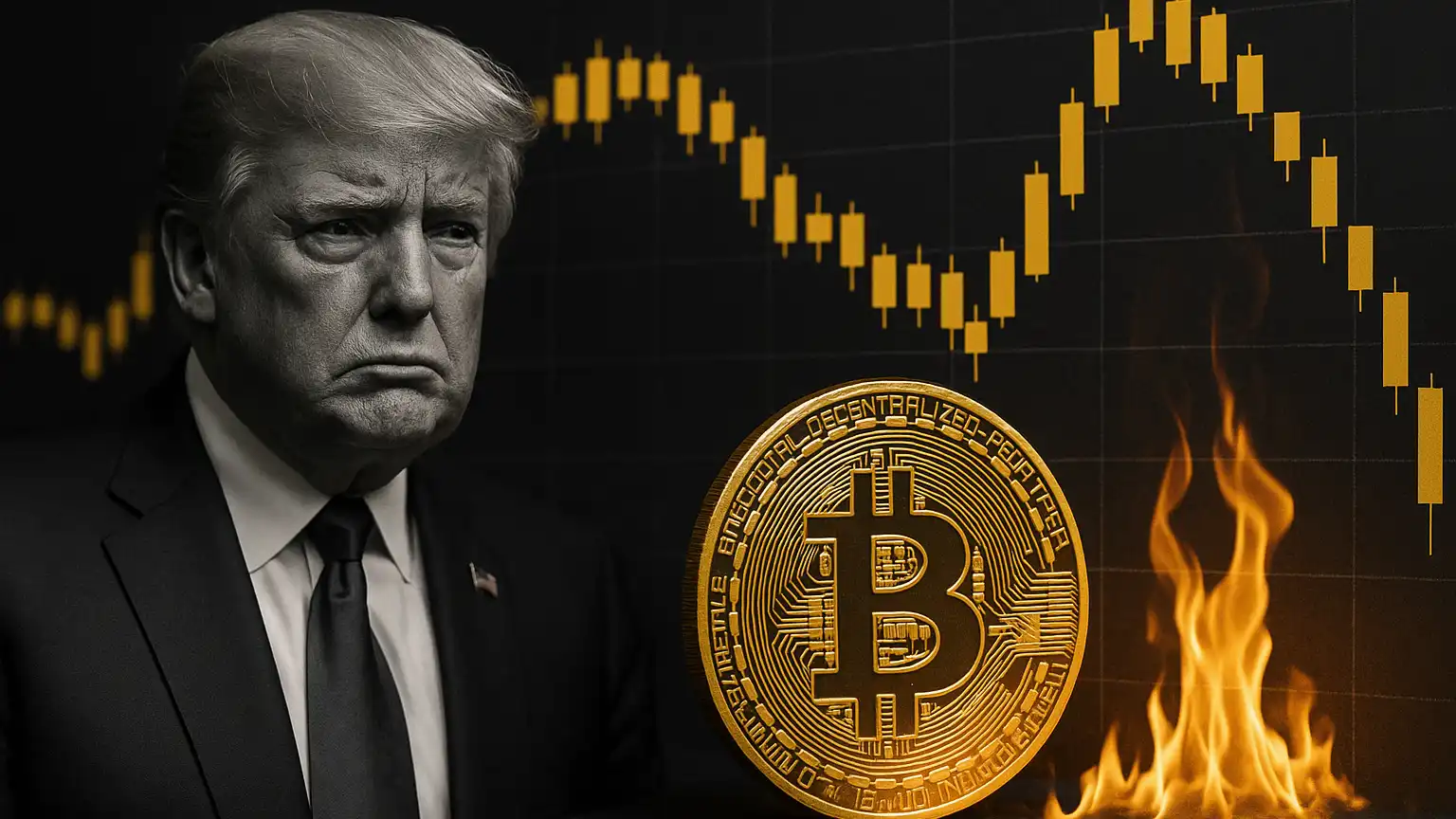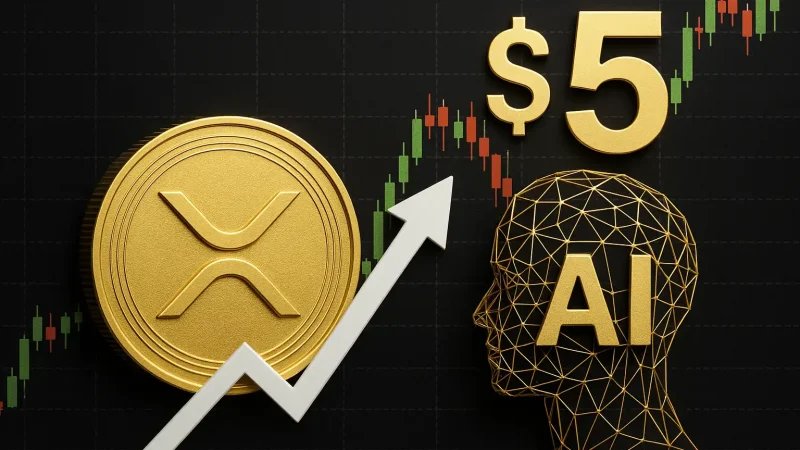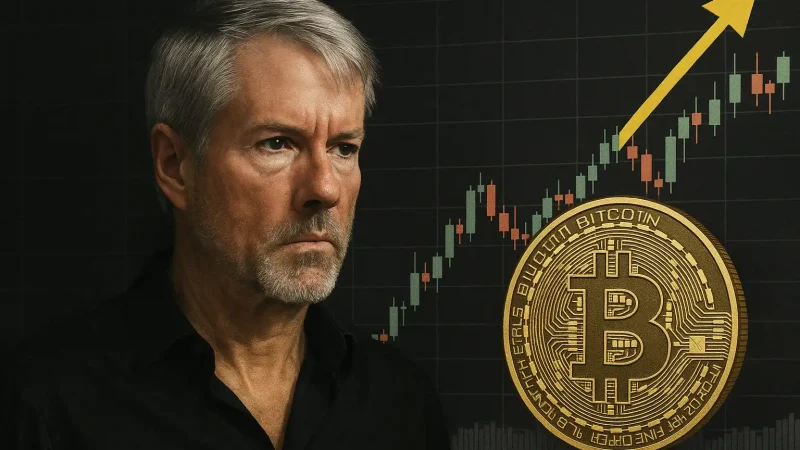In a stunning turn of events, the cryptocurrency market witnessed a massive wave of liquidations totaling nearly $10 billion on April 3rd, 2025—one of the most significant sell-offs in digital asset history. Triggered by U.S. President Donald Trump’s announcement of sweeping new tariffs on Chinese imports, the market plunged as fear gripped traders and investors alike. Over 1.5 million traders were liquidated in a 24-hour span, marking a day of historic volatility across crypto exchanges and raising pressing questions about global economic policy’s growing influence on digital assets.

Tariffs, Tensions & Turmoil: What Happened
The market jolt began shortly after President Trump introduced a 100% tariff on all goods imported from China, set to take effect on November 1. This surprise escalation reignited trade war fears that many believed had been put to rest in recent years. In crypto, where volatility is native but increasingly influenced by macro developments, the announcement acted like a detonator. Panic among leveraged traders unfolded rapidly as long positions were forcefully closed out across major platforms.
According to CoinGlass data, $9.5 billion of long positions evaporated almost overnight. Bitcoin alone saw $2.46 billion wiped out, while Ethereum suffered losses of approximately $2.24 billion. The most sizable individual blow came on HTX, with a single BTC/USDT liquidation worth $87 million. Underlying much of the turbulence was an aggressive de-risking mindset: major investors hastily pulled capital amid fears of broader economic instability stemming from geopolitical confrontation.
The Domino Effect: Liquidation Cascade and Investor Sentiment
The scale and speed of liquidations exposed the increasingly interconnected nature of global policy and the crypto ecosystem. Unlike the speculative-driven crashes of previous cycles, this selloff reflected a maturing—if fragile—market that now dances to the rhythm of sovereign policy. Whale investors offloaded large allocations not just out of fear, but in anticipation that second-order effects, like a global slowdown or equity market contagion, could suppress risk appetite for quarters to come.
Yet not all reactions were purely bearish. When later asked whether a diplomatic reset with President Xi of China was possible, Trump suggested his door remained open. Markets responded immediately, with Bitcoin rebounding several percentage points within minutes—a telling sign that sentiment remains closely tied to political narrative as much as fundamentals.

Is a Recovery Already in Motion?
While the day’s losses were severe, some analysts believe they mark not the end—but the beginning—of a new macro rally. Veteran crypto strategist Benjamin Cowen argued the event could serve as a “necessary flush” that clears excessive leverage, setting the stage for Ethereum and key altcoins to lead toward new all-time highs. His thesis hinges on capital rotation out of overbought commodities like gold, which recently showed signs of topping on the weekly timeframe.
Furthermore, institutional sentiment hasn’t soured entirely. The U.S. Securities and Exchange Commission is widely expected to greenlight a suite of spot altcoin exchange-traded funds (ETFs) in the coming months. Fund managers, eager to capitalize on digital diversification, are already updating filings to include capped sponsor fees, ensuring these products stay attractive in a competitive fundraising environment. If realized, their introduction could draw billions of sidelined institutional dollars into crypto markets.
Flight to Liquidity or Opportunity in Disguise?
Beneath the immediate panic, a more nuanced investor dynamic is emerging—the search for safe harbor in the crypto oceans. While some altcoins collapsed by double digits, stablecoins saw surging volume. Projects with strong fundamentals, such as Layer 2 scaling solutions and DeFi blue-chips, showed relative resilience. This bifurcation suggests that while short-term sentiment remains cautious, sophisticated investors are already repositioning for the next leg upward—provided geopolitical risks remain in check.
Conclusion: Navigating a Politicized Crypto Era
As crypto matures, volatility will remain a built-in feature—but its drivers are rapidly evolving. What April 3rd underscored is that in 2025, digital markets no longer operate in isolation. They are profoundly tied to cross-border policy, inflationary cycles, and political theater. For traders and long-term holders alike, the lesson is clear: understanding macro geopolitics is no longer optional in crypto—it’s foundational.





